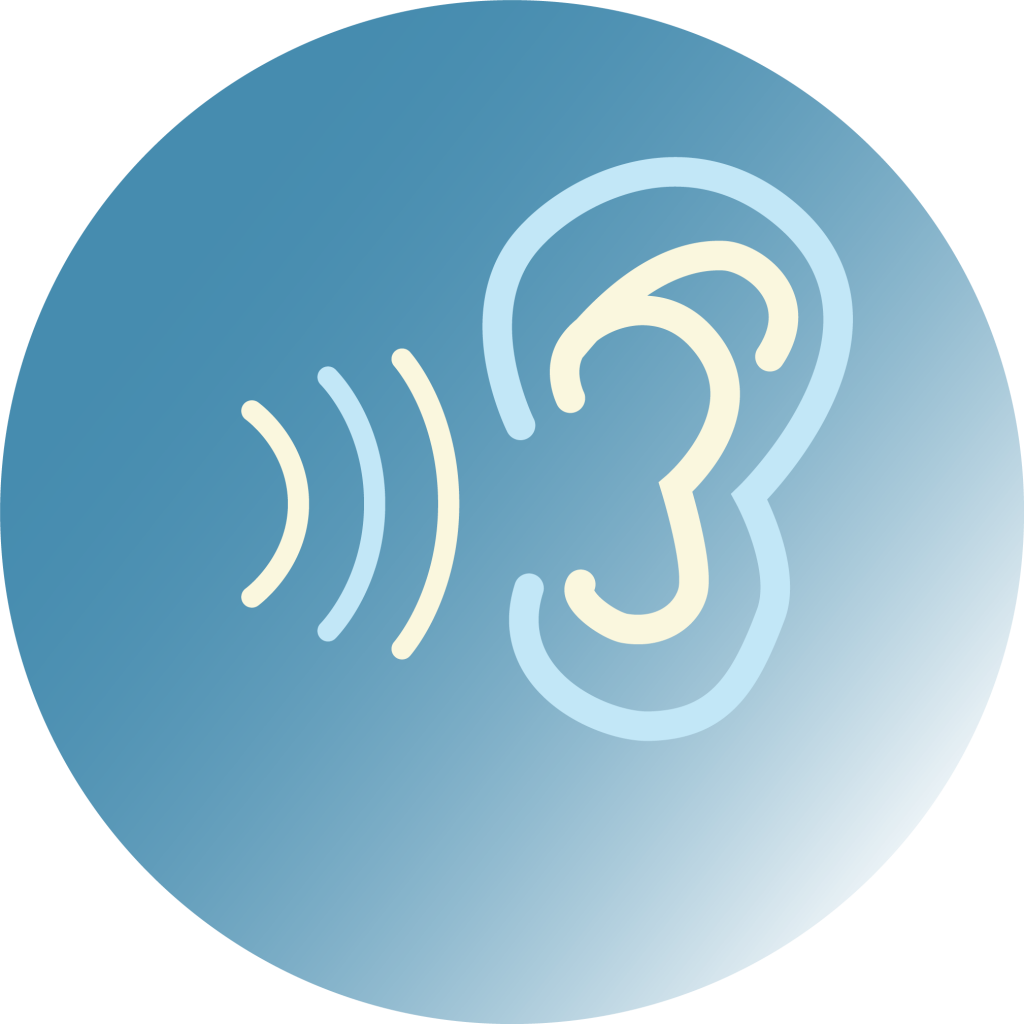ESB Level 2 Certificate in ESOL International – All Modes
The ESB Level 2 Certificate in ESOL International (All Modes) is the third part of a portfolio of ESB ESOL International qualifications at B1, B2, C1 and C2 on the Common European Framework of Reference (CEFR).
ESB Level 2 Certificate in ESOL International (All Modes) – summary
| CEFR Level | C1 |
| Price per learner | £66.00 |
| Qualification number | 500/3648/8 |
| GLH / TQT* | 250 hours / 275 hours |
| Age range | From 11-year old to adult learners |
CEFR Reference:
Can understand a wide range of demanding, longer texts, and recognise implicit meaning. Can express him/herself fluently and spontaneously without much obvious searching for expressions. Can use language flexibly and effectively for social, academic and professional purposes. Can produce clear, well-structured detailed text on complex subjects, showing controlled use of organisational patterns, connectors and cohesive devices.
Listening, Reading, Use of English and Writing assessment format – each section of the assessment is worth 20% of the overall mark. This assessment is completed in a single sitting of 2 hours and 40 minutes.
Speaking assessment format – worth 20% of the overall mark and lasts for approximately 13 minutes. Learners are assessed in pairs by an external assessor and interlocutor who will come to your centre.
Listening

Part One
- Ten recordings, tested with ten questions. Followed by two recordings of an extended discussion/radio interview between two speakers on a topical subject, tested with 5 three-option multiple choice questions.
Part Two
- Three recordings and ten questions. Three conversations of a complex nature are played, and the learner answers 10 three-option multiple choice questions.
Reading

Part One
- Structurally complex text (500-550 words), tested by 8 four-option multiple choice questions. The text may be colloquial, literary or non-literary in nature.
Part Two
- Structurally complex text (500-550 words), tested by 7 four-option multiple choice questions. The text may be colloquial, literary or non-literary in nature.
Use of English

Part One
- Presents sentences with a gap. The learner fills the gaps with the correct grammar construct, word or phrase from four-option multiple choice answers.
Part Two
- Fifteen sentences each with a gap. The learner fills each gap with the most appropriate word or phrase from four-option multiple choice answers.
Part Three
- Gives a factual text of 300-325 words with ten gaps. Learners read the text and choose the best word, phrase or grammar construct to fill each gap from four-option multiple choice answers.
Part Four
- Factual text of 300-325 words with ten gaps. Learners read the text and choose the best word to fill each gap from four-option multiple choice answers.
Writing

The learner produces one piece of writing between 250-280 words. There is a choice of three options: a formal email, a story or an essay.
- The email prompt describes a situation to which the learner responds.
- The story prompt presents either the first or last line of a story which the learner uses to begin or end the narrative.
- The essay prompt gives a statement or quote and instruction, to which the learner responds with an essay.
Speaking Assessment Format

Speaking – Part One (3 minutes)
The interlocutor asks the learners a series of questions in turn on personal or general topics from the ESB International prescribed list. The learner responds to the interlocutor only in this part.
Speaking – Part Two (5 minutes)
This is an interactive discussion between the learners based on one of twenty topics. The interlocutor will provide a prompt card which contains a question with 8 related bullet points discussion and a follow-up question asking for a personal response. The interlocutor does not participate in the discussion.
Speaking – Part Three (5 minutes)
The interlocutor introduces another topic. The interlocutor then asks the learners a series of questions and will encourage the learners to respond to what their partner is saying where appropriate.
Resources
Audio files
How can my centre offer ESOL International assessments?

We offer ESOL International qualifications to both UK and international centres. In order to offer ESOL International qualifications to learners in the UK, an interested organisation must go through a centre approval process in order to become an ESB centre, when it can then book assessments.
We offer several models for international centres.
In Greece, through our partner Europalso, we offer ESOL International qualifications across many of the country’s language schools.
In Italy, North Macedonia, Serbia and Malta, ESB International is partnered with an exclusive centre based in each country who will run ESOL International qualifications through regional ‘satellite centres’. For centres who would like to run ESOL International qualifications, contact us today to find how you can become an ESB International satellite centre.
If ESB International is not active in your region but you are interested in offering our qualifications to learners to boost their speaking and listening skills, we would love to hear from you.
If ESB International is not active in your region but you are interested in offering our qualifications to learners to boost their speaking and listening skills, we would love to hear from you.
